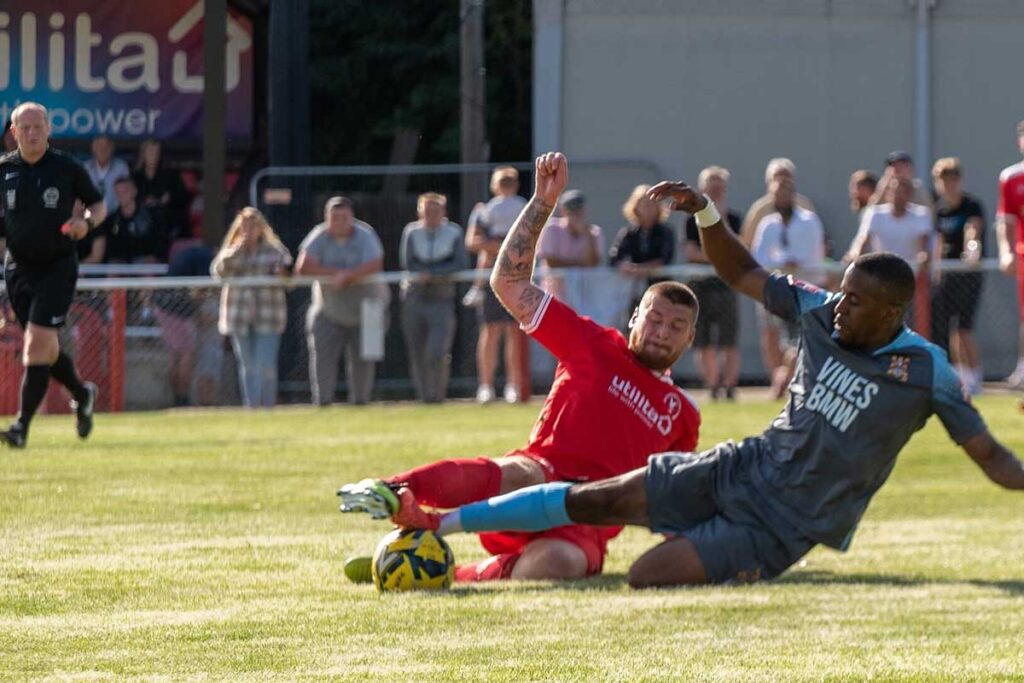Attracting new members with free trials?
Taster sessions and free trial periods can be a great way to entice potential new members or customers to your organisation. And although particularly popular as a new year or new term campaign, trials can be used all year round.
However, similar to offering discounts, additional admin can be required to manage people on a trial period. You also need to balance the incentive with the potential loss of income (you can read more insight about offering discounts in our article – Analysis: Using discounts to attract new members).
Are free trials right for you? And how long should you run them for? To help answer these questions, we spoke to the members of our Facebook Community Groups to find out what they do. Here’s what they said…
Most popular trial length: First session free
For all types of clubs and organisations that we spoke to, one session was the most common length of free trial.
“We offer one free trial and give them details to sign up for the next week.” – Alex Row, Centre Manager and Head Coach at Waveney Gymnastics Club
“We do the first session as a free trial to see if they want to return.” – Hannah Collingwood, Owner of Derwent Valley Gymnastics Club
However, if the member is joining a team or will train competitively, multiple free sessions may be better. At Bassett JSF Swimming Club, they offer three free trials so that both the swimmer and the club can see if it’s a good fit.
Head Coach Graham Cawte explains: “Once we have determined a swimmer’s standard, they trial with the appropriate squad for three sessions. Once their trials have been completed, if they wish to join they then continue training whilst membership is completed.”
Good communication is key
Giving someone a free trial session is a good first step. However, going the extra mile will make them more likely to join or sign their child up. This is the approach East Coast Gymnastics takes.
Assistant Coach Treza Casterton explains: “We offer a meet and greet to anyone who expresses an interest. We do this after a general session, so we can speak to the parent and children without any interruption from others. We usually correspond via messenger or email, and just cross our fingers and hope they turn up – 99% of the time they do!
“After the free session, we speak to the parent and ask them to set up payments for future sessions and give them bank details after the first session.”
Minimising the risk of lost income
When you offer a free trial, there’s always the risk that someone won’t sign up at the end. However, Emily Redding has a great approach to avoid losing out on income:
“We do a paid trial, and then that amount gets taken off the fees if they sign up at the end. If they want to try a few different classes and are younger, then we say they can do one each week. Then, if they decide to sign up, the trial money comes off the term fee.” – Emily Redding, Owner of The Emily Redding Dance Academy
If you do monthly or termly billing, you could also offer a ‘pay as you go’ period until the adult or child is ready to sign up (if you’re currently deciding which payment cycle is best, read our article – Opinion: Monthly vs termly billing).
“We do two weeks pay as you go before they enrol. This gives them a chance to trial our classes, and the majority enrol after this.” – Lucy Kind, Owner of Lucy Kind Dance Academy.
Another consideration when deciding to offer trials is how in-demand your service is. For example, if you have long waiting lists or can fill spaces easily, offering trials may not make commercial sense.
How to manage trials with LoveAdmin
Trial sessions, whether free or paid for, help get potential members / customers through the door, giving you a chance to talk with them directly. We know this is valuable for our customers, so in version two of our platform, we have completely refreshed the way trials are managed.
New features include automated pre-trial notifications to reduce the chance of no-shows. The system also sends a post-trial follow-up message, giving the option to accept or decline the space. It can then hold their space open for a set period of time (two days, for example) so they can login and pay – if they don’t, or they decline, they can receive a questionnaire so you can find out why people might not signing up after a trial.
You can also decide how to receive payment for a trial (by card, for example) so you get the money instantly. This reduces the risk of people attending trials and cancelling payments later. Learn more about how Love Admin works.
Conclusion
Our communities all felt free trials were worth considering when trying to attract new members. One free session should be enough. However, consider offering a longer trial period if:
- The person is joining a team and / or will train competitively
- The child is very young
- You offer different types of classes
Whether you offer one day or more, good communication is important. Take the time to speak to the person / their parents before and after the trial. And if they don’t sign up, try to find out the reason why so you can make any changes if needed.
Finally, as Treza at East Coast Gymnastics explained, going the extra mile and making potential members feel welcome can make a big difference.
Want to join the conversation? Tell us how you manage trials by getting in touch on Facebook, Instagram or Twitter.
















